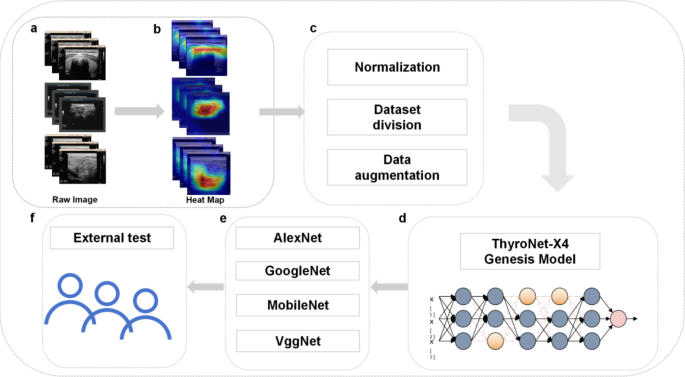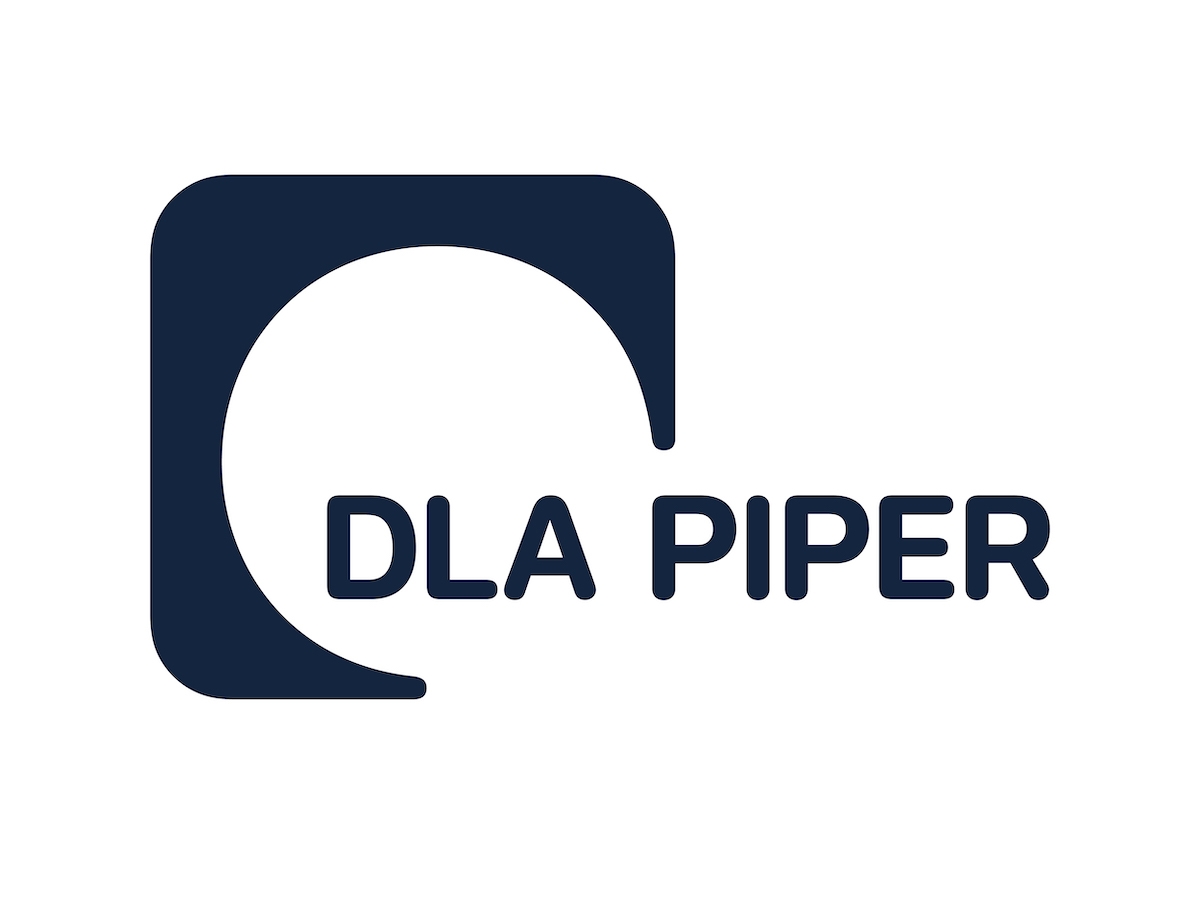Introduction Thyroid nodules are defined as space-occupying lesions within the thyroid gland that can be detected through imaging studies, differentiated from the surrounding thyroid tissue. These nodules can be benign or malignant, and according to recent epidemiological studies, up to 60% of the population have thyroid nodules1, with a malignancy rate of approximately 1–5%2. Further
Building a Customer Data Strategy: Key Trends to Know – CMSWire.com
Smart customer data strategies are the secret sauce for businesses looking to win customer trust and deliver real-time experiences.
The Gist
-
Privacy-first practices. Embrace privacy-first data strategies to build trust and adapt to evolving regulations like GDPR and CCPA.
-
AI-driven insights. Use AI and predictive analytics to transform data strategies into actionable customer insights and improve personalization efforts.
-
Real-time evolution. Use real-time data for instant decision-making, improved agility and enhanced customer experiences.
Customer data is now an essential resource for businesses looking to uncover valuable customer insights and drive lasting, scalable success. As digital transformation accelerates, companies are not only collecting vast amounts of data from various touchpoints, but they’re also facing mounting pressure to use that data effectively while adhering to evolving privacy regulations. The approach businesses take in managing and using customer data will be crucial in defining their future success.
New technologies combined with heightened consumer expectations around privacy are pushing businesses to rethink how they collect, manage and use customer information. With consumers becoming increasingly aware of how their data is being used and stricter privacy laws on the rise, businesses must prioritize transparency and ethical data practices to build trust and remain compliant.
Here are the key trends shaping customer data strategies this year. From the rise of privacy-first data practices to the increasing importance of AI-driven personalization, businesses that can adapt to these trends will not only stay compliant with evolving regulations but also create more meaningful, customer-centric experiences.
Table of Contents
- The Power of First-Party Data for Personalization
- Using AI and Machine Learning for Smarter Data Strategies
- Customer Data Platforms and Unified Data Ecosystems
- Strengthening Data Security and Ethical Practices
- Real-Time Data Transforms Customer Engagement
- Anticipating Trends and Optimizing Outcomes with Data
- Shaping the Next Wave of Data Strategies
- Core Questions Around Customer Data Strategies
The Power of First-Party Data for Personalization
First-party data refers to information collected directly from customers through interactions on a company’s website, app or other channels. It includes details like browsing behavior, purchase history and preferences. This data is highly valuable because it is accurate, relevant and collected with customer consent.
The decline of third-party cookies and increasing privacy regulations have made reliance on external data sources more challenging. Consequently, companies are prioritizing first-party data, as it offers greater reliability and delivers deeper insights into customer behavior.
Best practices for collecting first-party data include being transparent about data usage and obtaining explicit consent from customers. In addition, organizations should safeguard data security and use it to create personalized and relevant experiences that enhance customer loyalty.
Using AI and Machine Learning for Smarter Data Strategies
AI and machine learning (ML) are transforming data strategies by automating and refining the processes of customer data collection, analysis and personalization. AI tools can efficiently sift through massive datasets to extract valuable insights and anticipate future customer actions, which empowers businesses to make smarter, data-driven decisions.
Here are some important use cases:
-
Predictive analytics: AI models forecast customer behaviors and trends. This helps businesses make proactive decisions, such as recommending products or anticipating customer needs.
-
Customer segmentation: Machine learning algorithms can segment customers based on shared traits or behaviors, which allows businesses to tailor marketing efforts and improve targeting.
-
Real-time personalization: AI enables personalized customer experiences by dynamically adjusting content, offers and recommendations in real time based on customer interactions.
Together, AI and ML make it possible for businesses to deliver more personalized, timely experiences and drive customer satisfaction and growth.
Related Article: How AI and Data Analytics Drive Personalization Strategies
Customer Data Platforms and Unified Data Ecosystems
As businesses interact with customers across more channels, keeping a consistent, holistic view of each customer becomes more complex. Customer data platforms (CDPs) provide the solution by consolidating data from multiple sources into a single, unified profile.
CDPs are becoming increasingly popular as businesses seek to centralize and simplify customer data from diverse sources. These platforms consolidate information from diverse channels (i.e., websites, mobile apps, CRM systems and social media) into one unified profile. This gives businesses a holistic and detailed perspective of each customer.
CDPs allow businesses to create a single customer profile that provides deeper insights into customer behavior and preferences. This lets businesses deliver more relevant and personalized experiences, with consistency across channels. As cloud computing becomes more widespread, CDPs will increasingly connect effortlessly with other cloud-based solutions, and they can form a cohesive ecosystem for managing and analyzing data.
When selecting a CDP, businesses should consider factors like data integration capabilities, scalability, ease of use and compatibility with existing systems. It’s crucial to select a platform that supports your business objectives and meets your customer data requirements.
Strengthening Data Security and Ethical Practices
As data collection increases, so do concerns about its security. This year, businesses must prioritize safeguarding sensitive customer data against breaches and unauthorized use more than ever before. As cybersecurity threats grow more advanced, even a small data breach can significantly damage a company’s reputation.
Along with security, ethical data use will also be a top priority. Consumers anticipate that businesses will manage their data ethically, safeguard it and use it in ways they consider appropriate and transparent. Ethical considerations should guide how data is collected, analyzed and shared.
Here are some key regulations to watch.
-
GDPR updates: The EU’s General Data Protection Regulation establishes stricter control over personal data and gives consumers more rights.
-
CCPA: The California Consumer Privacy Act provides similar protections for California residents.
-
Global equivalents: Countries worldwide are enacting similar privacy laws, like Brazil’s LGPD and Canada’s PIPEDA.
To build trust, businesses should be transparent about data usage, obtain clear consent, provide easy access to privacy settings and guarantee data security through strong protections. Ethical practices that respect consumer privacy are crucial for long-term customer relationships.
Related Article: Building a Strong Customer Data Strategy for This Year
Real-Time Data Transforms Customer Engagement
The shift toward using real-time customer data allows businesses to make immediate, data-driven decisions and respond to customer needs as they happen. Real-time analysis of customer interactions lets businesses adjust marketing strategies and elevate customer experiences instantly.
Here are some of the benefits.
-
Improved decision-making: Real-time insights allow faster, more informed decisions that align with current customer behavior.
-
Personalization: Businesses can tailor content, offers and recommendations instantly based on live data.
-
Agility in marketing: Real-time data helps marketers quickly adjust strategies based on customer responses or market changes.
CDPs, real-time analytics software and AI-driven tools help process and analyze data as it’s generated, so businesses can act swiftly and effectively.
Anticipating Trends and Optimizing Outcomes with Data
Predictive analytics taps into historical data, statistical techniques and machine learning to project future behaviors and trends, which can help businesses stay ahead of customer expectations and evolving market dynamics. It identifies patterns and forecasts future customer actions.
Prescriptive analytics goes a step further by recommending actions based on predictions and providing businesses with data-driven strategies to optimize outcomes. It suggests the best course of action to take to optimize strategies based on predictive insights.
Here are some examples of how predictive and prescriptive analytics are applied successfully in specific industries. In retail, predictive analytics helps retailers forecast inventory needs and reduce stockouts and overstocking. And in healthcare, prescriptive analytics aids in-patient treatment plans and recommends the best therapies based on predictive data from patient histories and current trends.
Shaping the Next Wave of Data Strategies
This year, customer data strategies are expected to evolve in response to technological advancements, changing regulations and shifting customer expectations. Organizations that effectively adapt to these trends and focus on customer-centric, data-powered strategies will build deeper connections with their customers and secure lasting growth.
By adopting the data strategies mentioned in this post, businesses will be equipped to deliver a more personalized, engaging and secure customer experience. As customer data becomes more complex, those who can turn this complexity into actionable insights will be the true leaders of the digital age.
Core Questions Around Customer Data Strategies
Editor’s note: Here are two important questions to ask about customer data strategies.
How can businesses use first-party data in their customer data strategy?
Businesses can directly collect it from customer interactions through websites, apps and other channels. This data is highly valuable because it’s more accurate and relevant, and it helps businesses gain deep insights into customer behavior and preferences. By prioritizing first-party data, businesses can create personalized experiences that drive customer loyalty. Companies can also use this data for targeted marketing campaigns and smarter decision-making processes.
What role does AI and machine learning play in customer data strategies?
AI and machine learning significantly automate the analysis of large datasets and uncover valuable insights. AI tools can predict future customer behavior and segment customers for targeted campaigns. These technologies allow businesses to make data-driven decisions, improve customer satisfaction and deliver relevant experiences. AI and ML are transforming how companies use customer data to not only react to current trends but also to anticipate future needs.
Learn how you can join our contributor community.



